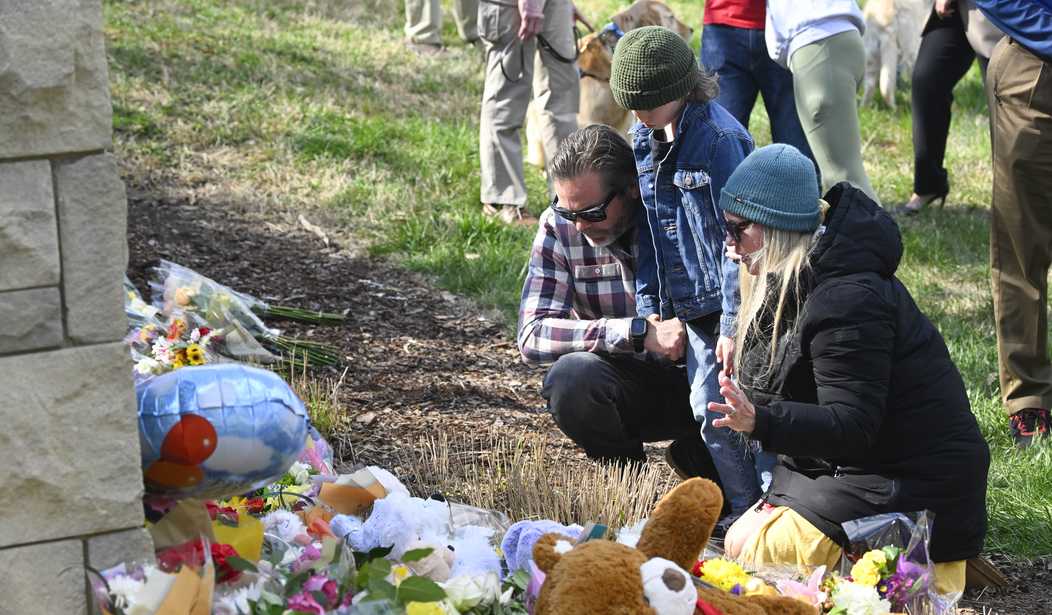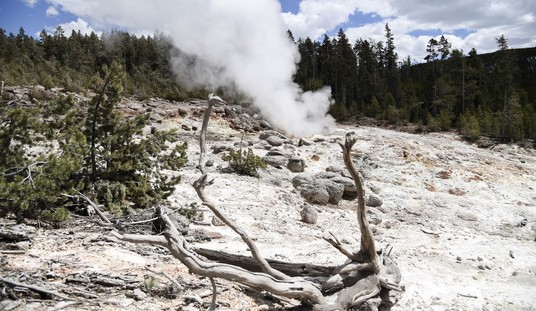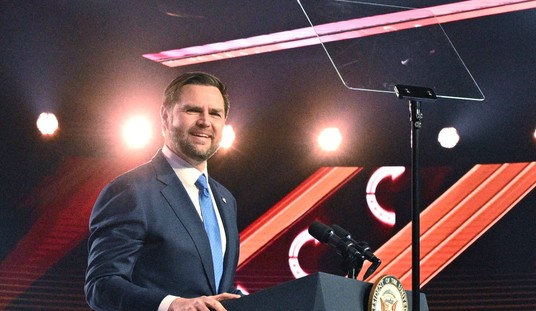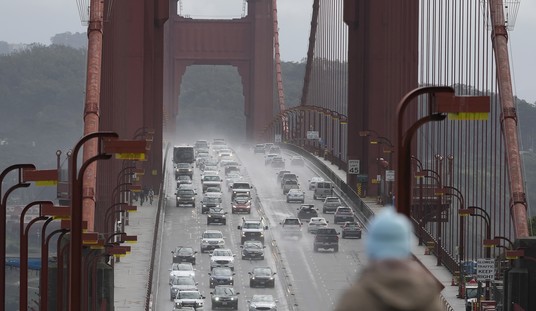The United States has experienced a wave of school shootings over the past twelve months. These tragedies spark the typical debates about guns and keeping people – especially children – safe from would-be mass murderers. The anti-gunner lobby has exploited these incidents to advocate for more restrictions on lawful gun owners. Conversely, others have argued against more restrictions and have suggested making it more difficult for potential shooters to carry out their atrocities on campus by hardening the facilities.
Now, a number of states have used federal funding to improve security at their schools. Louisiana is the most recent example. The state’s public schools will be receiving over $20 million to enhance security measures and prevent violent intruders.
The Louisiana Department of Education has allocated the funds to 39 winning applicants across the state, ensuring each recipient receives $518,355. The aim is to improve safety by implementing various measures such as controlled access points, modern badge systems, upgraded surveillance cameras, and reinforced classroom door locks.
This follows a trend of red states focusing on strengthening security measures in their schools. Republican-led state legislatures in the United States have passed measures to bolster school safety in response to mass shootings. These states include Iowa, Mississippi, Georgia, North Carolina, Oklahoma, Tennessee, Missouri, Texas, and Utah.
Rather than imposing firearm restrictions, these laws focus on empowering schools to respond more effectively to active shooter situations. Measures include fortifying institutions, creating guidelines for active shooter drills and safety officer responses, and allowing teachers to be armed.
The legislation has faced opposition from gun safety advocates and education experts who argue that increasing the presence of guns in schools further jeopardizes the safety of students and educators. Nonetheless, proponents believe that armed personnel and secured school buildings will enhance student safety.
The idea is that employing measures like metal detectors, single entry points, and armed guards would discourage a potential shooter from attempting to carry out a mass shooting on campus. Or, if an individual decided to make the attempt, they would be stopped before they could conduct a massacre.
The safety of our children is paramount, and finding actual solutions to prevent mass shootings is imperative. However, the efficacy of gun control laws in achieving this objective remains a topic of contention. In fact, these restrictions have been shown to be impotent when it comes to decreasing mass shooting deaths. Stricter regulations on firearm ownership may inconvenience law-abiding citizens, but determined criminals can often find alternative means to obtain weapons. Thus, it becomes crucial to explore alternative approaches that directly target the vulnerability of schools.
Fortifying schools involves implementing comprehensive security measures designed to deter, detect, and respond to threats effectively. By transforming schools into hardened targets, we create a physical environment that is significantly more difficult for attackers to penetrate, reducing the likelihood of mass shootings.
Fortifications act as a significant deterrent, making it harder for potential attackers to carry out their plans. Measures such as controlled access points, reinforced doors and windows, and security protocols serve as barriers, increasing the time it takes for an intruder to enter and providing opportunities for intervention. This deterrent effect reduces the likelihood of attacks occurring in the first place.
Fortified schools typically employ advanced surveillance systems, including CCTV cameras, alarm systems, and panic buttons, which enable swift detection of suspicious activities or individuals. The ability to identify potential threats at an early stage is crucial for immediate response and intervention, potentially preventing or minimizing the impact of an attack. In fact, in some areas, they are experimenting with artificial intelligence to help school security identify possible mass shooters.
In addition to physical fortifications, ensuring that school staff and students receive proper training and education on emergency response procedures is essential. Regular drills, active shooter training, and increased awareness empower individuals within the school community to take appropriate action in crisis situations, potentially saving lives.
Many red states have been at the forefront of implementing comprehensive fortification measures in schools. These initiatives, driven by the recognition that proactive measures are necessary to protect students, provide an opportunity to evaluate the effectiveness of fortifications compared to gun control laws.
Moreover, this data will likely destroy the anti-gunner lobby’s narrative about mass shootings. Since Democratic politicians, by and large, are loathe to consider hardening schools, the deep flaws in their approach will be even further exposed. What is truly sad about this is the number of children who will be victimized because the left would rather use them to disarm law-abiding Americans than actually work to keep them safe.
As red states take the lead in implementing fortification measures, the outcomes of their initiatives will offer valuable insights into the effectiveness of this approach. The next few years will serve as a crucial period for evaluating the relative merits of fortifying schools versus gun control laws. Ultimately, the goal remains the same: to ensure the safety and well-being of our children in an increasingly complex and challenging world.













